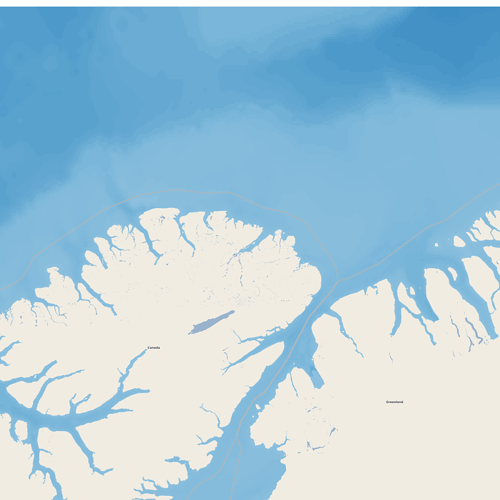Hi Frank,
We’ve tried to use this mechanism and while it fixes the original problem with cached invalid tiles, it may have other problems.
Tested with WmtsLayer, and set the DrawingExceptionMode.ThrowException is enabled. But if there is a problem communicating to web server, I got this unhandled exception:
System.Net.WebException
HResult=0x80131509
Message=The remote server returned an error: (400) Bad Request.
Source=System
StackTrace:
at System.Net.HttpWebRequest.GetResponse()
at ThinkGeo.Core.WebBasedLayer.fx8=(WebRequest webRequest)
at ThinkGeo.Core.WmtsLayer.mTs=()
at ThinkGeo.Core.Layer.Open()
at ThinkGeo.Core.LayerOverlay.OpenCore()
at ThinkGeo.Core.MapViewBase.80o=(Overlay overlay, RectangleShape targetExtent, OverlayRefreshType refreshType)
at ThinkGeo.Core.MapViewBase.7Uo=(IEnumerable`1 overlays, RectangleShape targetExtent, OverlayRefreshType refreshType)
at ThinkGeo.Core.MapViewBase.DrawCore(RectangleShape targetExtent, OverlayRefreshType overlayRefreshType)
at ThinkGeo.Core.MapViewBase.50o=(Object sender, EventArgs e)
at System.Windows.Threading.DispatcherTimer.FireTick(Object unused)
at System.Windows.Threading.ExceptionWrapper.InternalRealCall(Delegate callback, Object args, Int32 numArgs)
at System.Windows.Threading.ExceptionWrapper.TryCatchWhen(Object source, Delegate callback, Object args, Int32 numArgs, Delegate catchHandler)
at System.Windows.Threading.DispatcherOperation.InvokeImpl()
at MS.Internal.CulturePreservingExecutionContext.CallbackWrapper(Object obj)
at System.Threading.ExecutionContext.RunInternal(ExecutionContext executionContext, ContextCallback callback, Object state, Boolean preserveSyncCtx)
at System.Threading.ExecutionContext.Run(ExecutionContext executionContext, ContextCallback callback, Object state, Boolean preserveSyncCtx)
at System.Threading.ExecutionContext.Run(ExecutionContext executionContext, ContextCallback callback, Object state)
at MS.Internal.CulturePreservingExecutionContext.Run(CulturePreservingExecutionContext executionContext, ContextCallback callback, Object state)
at System.Windows.Threading.DispatcherOperation.Invoke()
at System.Windows.Threading.Dispatcher.ProcessQueue()
at System.Windows.Threading.Dispatcher.WndProcHook(IntPtr hwnd, Int32 msg, IntPtr wParam, IntPtr lParam, Boolean& handled)
at MS.Win32.HwndWrapper.WndProc(IntPtr hwnd, Int32 msg, IntPtr wParam, IntPtr lParam, Boolean& handled)
at MS.Win32.HwndSubclass.DispatcherCallbackOperation(Object o)
at System.Windows.Threading.ExceptionWrapper.InternalRealCall(Delegate callback, Object args, Int32 numArgs)
at System.Windows.Threading.ExceptionWrapper.TryCatchWhen(Object source, Delegate callback, Object args, Int32 numArgs, Delegate catchHandler)
at System.Windows.Threading.Dispatcher.LegacyInvokeImpl(DispatcherPriority priority, TimeSpan timeout, Delegate method, Object args, Int32 numArgs)
at MS.Win32.HwndSubclass.SubclassWndProc(IntPtr hwnd, Int32 msg, IntPtr wParam, IntPtr lParam)
at MS.Win32.UnsafeNativeMethods.DispatchMessage(MSG& msg)
at System.Windows.Threading.Dispatcher.PushFrameImpl(DispatcherFrame frame)
at System.Windows.Application.RunDispatcher(Object ignore)
at System.Windows.Application.RunInternal(Window window)
at MapCoreTestClient.App.Main()
It’s difficult to put any try-catch statements in this call chain as the App.Main() is WPF auto-generated code. Is there any other way to handle this than changing the DrawingExceptionMode?
Thanks, Rasmus



 )
)